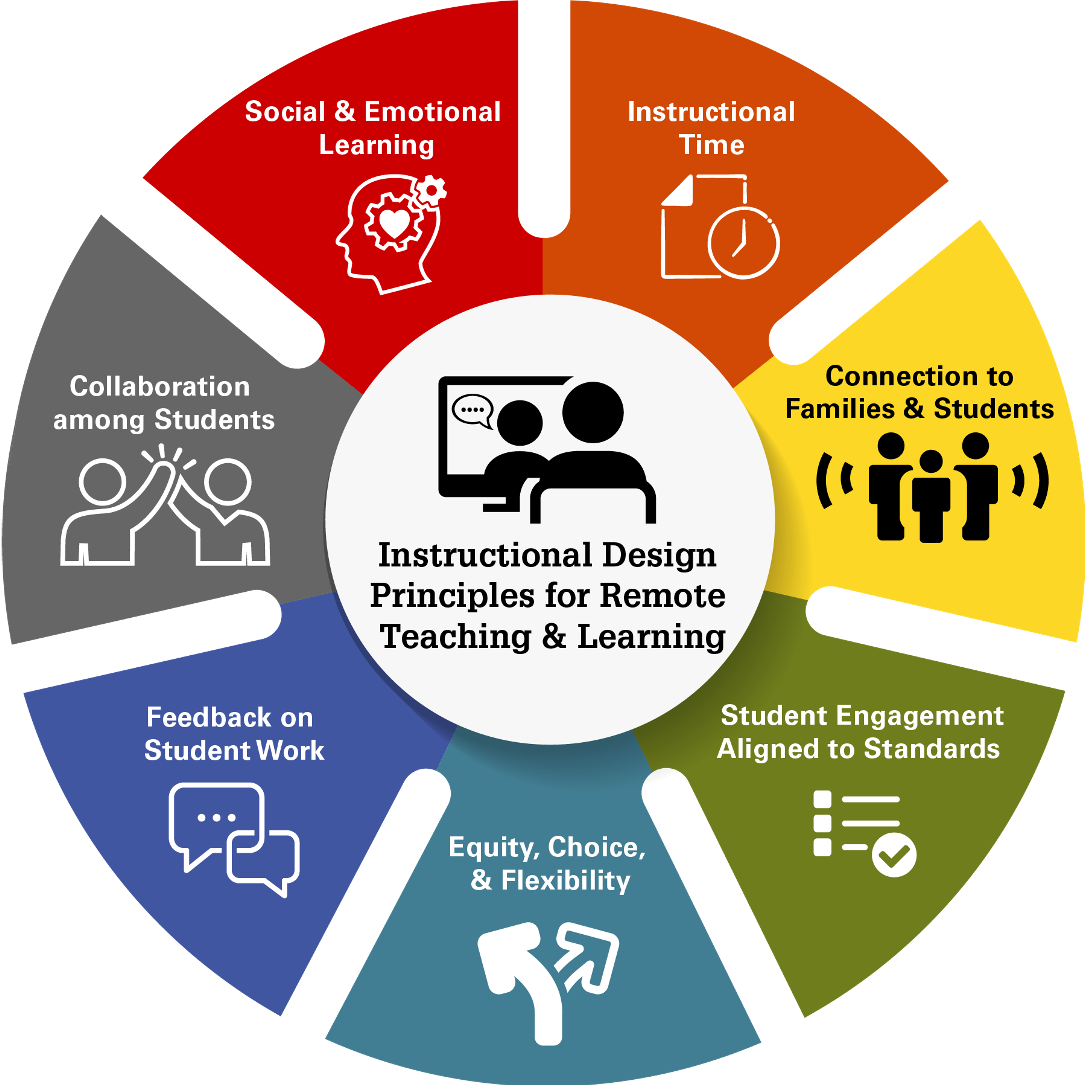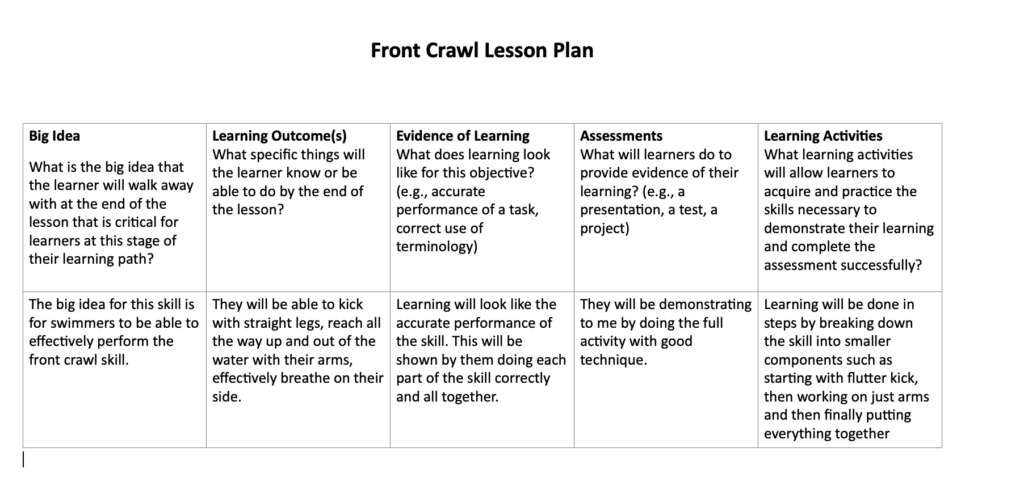In week 5 we had a look at exploring design principles for multimedia presentations. To do this I started a Canva account to find a template that was well suited for presenting my topic. The topic I chose was a how to guide on traveling that helps someone plan out a potential travel trip. After setting up the template, I followed both Mayer’s Inclusive Design principles and Universal Design for Learning principles to make my infographic as effective as possible. Some key points I followed was to have just 6 objects per slide to follow the Cognitive load theory as well as using good illustrative images that are relevant to each subject with the text so that it could give a visual narration of what is happening. For example the car picture for transport uses multimedia and modality principles as well as the signalling principle to signal that there is an important point here. Another thing to note is that I also took advantage of having a good amount of white space to improve the readability of the content and to ensure that the reader won’t feel overwhelmed by the information. When comparing my infographic to the six promising practices for infographic design, I believe that I followed just about all of them pretty well. I limited my colour palette by having the background being beige and for the main coloured sources being the images which were very simple. I made sure the sizing was good and that I didn’t have an excessive amount of different fonts.

When considering those that have visual impairments on my infographic, I believe I had a good share of different presentation methods with both the images as well as the text to explain the images. I think that the colour contrast on the other hand could be improved however there was a limited selection of each object that I wanted to describe. I also could’ve made the text a little larger and if I tried really hard maybe implement tactile graphics or audio descriptions although I don’t know if these are very easy using Canva. The overall accessibility is still pretty good in my opinion.

In week 6 we looked into instructional design and lesson planning. To practice lesson planning, I used the template given to us and created a lesson plan on teaching front crawl to my swim lesson. This lesson plan was a solid however I think that for evidence of learning I would like to add that they would be able to recognize that they are doing something wrong such as kicking with bent knees.

My experience with video learning game learning supports is quite good. I believe that video game developers carefully use Universal Design, Merril’s First and Mayer’s inclusive design principles when creating learning supports such as quests or basic instructions to guide you through the game. A game that I played recently called Valorant also has a very effective learning support built in where there is instructions for each ability or agent and also a tutorial and training mode where you can practice different guns and abilities in a training area before you go to actual battle. I believe that Merril’s first principles that are focused on problem solving is done really well in Valorant as they let you try everything in basically a real virtual instance in the training ground as well as letting you learn progressively in a tutorial setting. All the new knowledge is demonstrated, applied and then integrated into the players world which is amazing. However when games don’t do this effectively, this is devastating because players will lose interest without even knowing how to play the game correctly.
One case where you would design a lesson using Merrill’s principles is anything where there is a task that involves problem solving. This could be as simple as baking a cake as you would need to create media such as a post or piece of paper with steps on what to do.
I see constructive alignment and backward design used in courses all the time. For example in my CSC 361 Computer Networkings class, the professor always starts by identifying the desired learning outcomes and then works backwards to design assignments and his lectures to support these learning outcomes. This way as a student I am able to know what I need to know without having to memorize a lot of extra fun facts that are just bonus to be successful in the class. This is especially seen when by my professor when he designed large programming assignments on learning different network protocols such as TCP, UDP, RDP connections by first acknowledging that this is one of the learning outcomes of the class and then testing our ability to implement each different protocol in an assignment. Another class I have taken in the past called software development methodologies didn’t follow constructive alignment and backward design. It was a challenging course not because the course material itself was hard but because he wouldn’t tell us what the topics were going to be tested and often included very small points in his lecture that seemed to have no significance in the time when hearing it. If he had let us know that this is something important to know, everyone would have been much more successful in achieving the learning outcomes of the class.
References:
McCue, R. (2021, February 20). Introduction to Infographics with Canva & Related Multimedia Learning Principles [MP4]. https://www.youtube.com/watch?v=K1k3deWbw2c
Johnson, D. (2021, February 19). Design and Layout with Canva [Mp4]. https://www.youtube.com/watch?v=g3pdyid7BjU
Biggs, John, Constructive Alignment in University Teaching, HERDSA Review of Higher Education Vol. 1, www.herdsa.org.au
Merrill, M. D. (2002). First Principles of Instruction. ETR&D, 50, 3. pp. 43-59.
Wiggins, G. and McTighe, J. Understanding by Design. 2nd ed. 2005. Web.
Hi,Kevin
I particularly enjoyed the content of your blog, which is the most detailed and clear blog post I’ve seen on articulating the self perspective, and in which you also give the example of a game called Valorant, which has an elaborate learning support system that allows players to practice different skills and apply new knowledge in a progressive manner. You also relate video game design principles to instructional design principles, specifically mentioning Merrill’s principles, which can be applied to lesson planning for problem-solving tasks. The different approaches are also contrasted with a counter example from a software development methods course that illustrates the lack of clear guidance on which topics are important to students. I got a lot out of this piece of writing and am very much looking forward to your next article